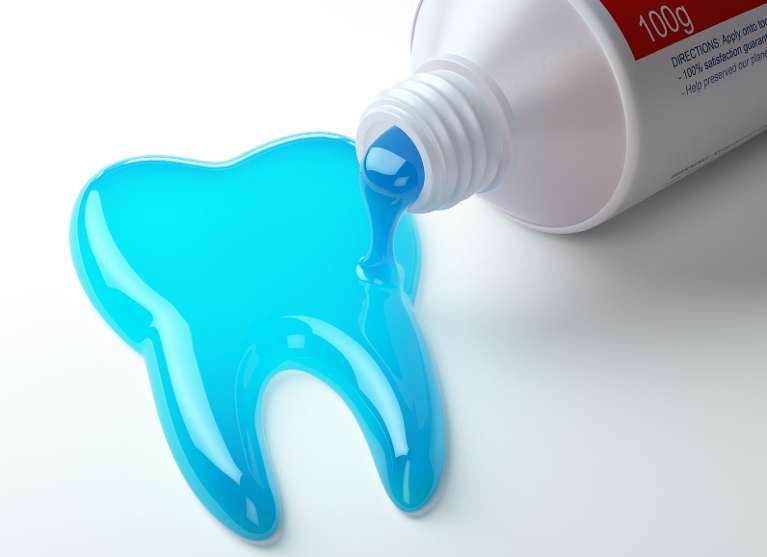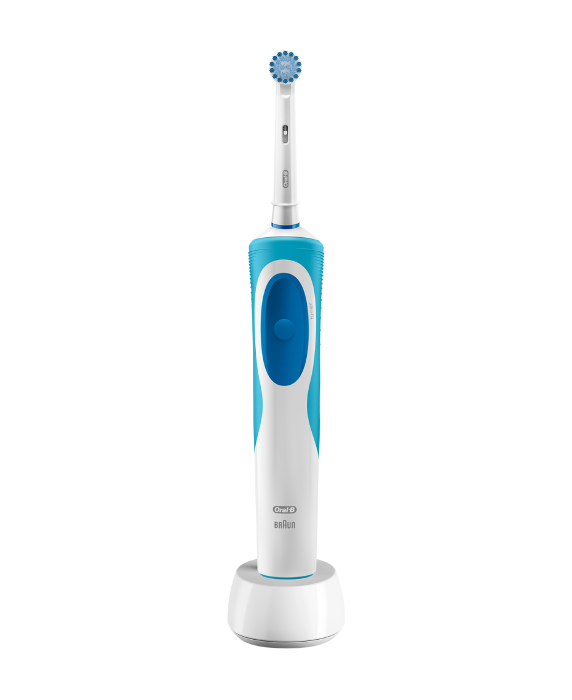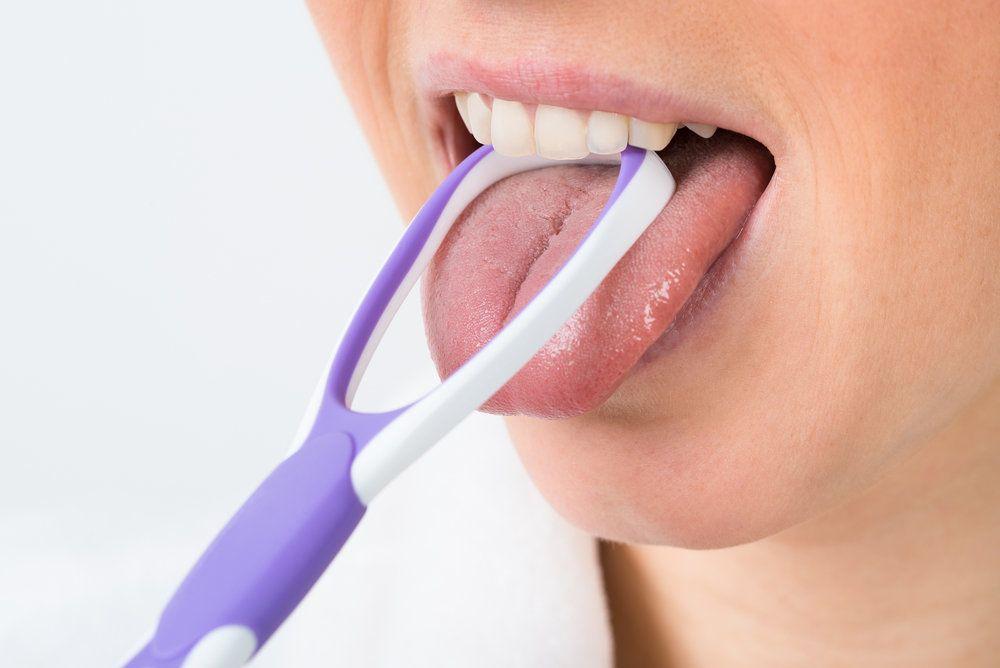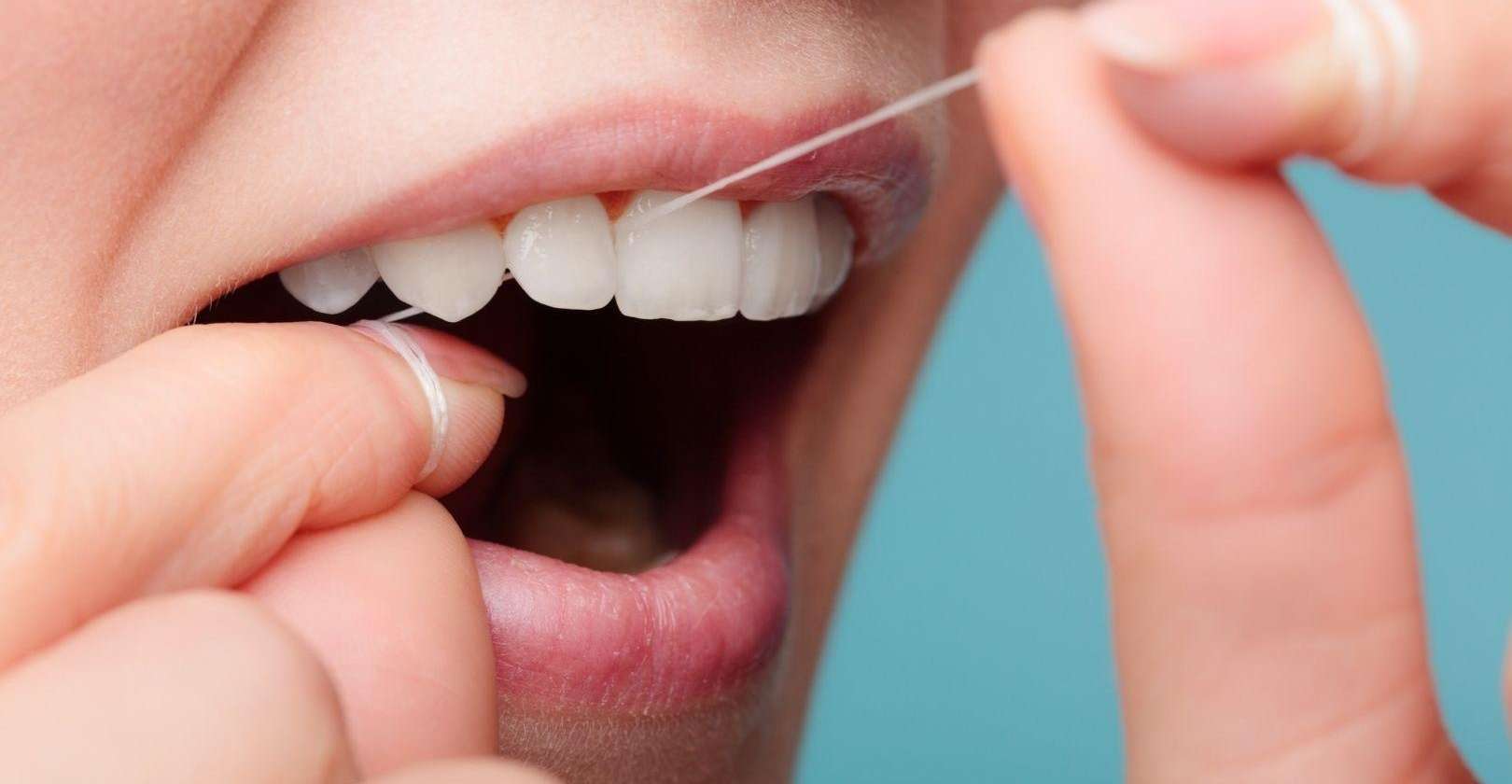
Welcome to how to achieve your healthiest and brightest smile! Nailing a consistent and effective oral hygiene routine is one of the best long-term investments you can make. This is because most oral diseases are preventable. We will walk you through everything you need to know. You’ve already ticked the first checkbox by clicking on this post - the motivation to take care of your teeth!
The Right Toothbrush
Nowadays, there are so many types of toothbrushes to pick from. So, what’s best? Firstly, always go for a soft toothbrush head, whether it’s a manual or electric. The bacteria and the plaque you are trying to remove is only soft and there is no need for a medium or hard toothbrush. Using anything harder for a long period of time will only increase your risk of wearing down your gums, causing recession or even wearing away the protective enamel on your teeth.
 Both manual and electric toothbrushes are sufficient as long as you are using the right technique. For a manual toothbrush, ensure you are pointing the brush towards your gumlines at a 45 degree angle and brushing in gentle circular motions. Forget about that back and forth technique. For electric toothbrushes, we usually recommend an oral B one with a small
Both manual and electric toothbrushes are sufficient as long as you are using the right technique. For a manual toothbrush, ensure you are pointing the brush towards your gumlines at a 45 degree angle and brushing in gentle circular motions. Forget about that back and forth technique. For electric toothbrushes, we usually recommend an oral B one with a small
circular head that spins. All you need to do is leave it on one tooth at a time, brushing both the tooth and gums for a couple of seconds, and then moving onto the next tooth. Which type of toothbrush you choose to use is entirely up to your preference - just get the technique right!
Make sure you brush twice a day for 2 minutes each time and reaching every surface of the tooth - not forgetting the insides. Change your toothbrush head every 3 months for maximum efficacy as bristles tend to fray overtime.
The Right Toothpaste
I can understand that walking through the supermarket aisle of toothpastes can be overwhelming as the options seem endless.
The main ingredient we are looking for in a toothpaste is fluoride. Click here to read more about fluoride https://www.northbrisbanedental.com.au/blog/fluoride-busting-myths/42477. Fluoride is proven to be very beneficial to the health of our teeth that it is even added to our drinking water. It may come in different types in your toothpaste such as sodium fluoride (NaF), sodium monofluorophosphate, or stannous fluoride. It is the key factor that strengthens your enamel, preventing decay and remineralising areas that are showing early signs of cavities.
Be careful with whitening toothpastes as they contain more abrasive ingredients that can wear away your enamel and cause sensitivity. If you have sensitive teeth, you may opt for a sensitive toothpaste such as Colgate pro-relief or Sensodyne. If you are using Sensodyne make sure you are using it twice a day for at least 2 weeks to experiences its benefits.
With any toothpaste, contrary from what you may know, ensure you do not rinse with any water afterwards but only just spitting out the excess. This allows the fluoride to work its magic as rinsing will only wash its advantages away.
Consult with your dentist or hygienist if you would like to know what toothpaste is best suited for you.
Cleaning between your teeth
Did you know that if you only brush but not floss, only 3 out of 5 surfaces of your teeth are clean? As much as we can try, brushing does not clean in between the teeth leaving plaque and bacteria manifesting there and increasing risk of dental issues. That is why gum inflammation and dental decay most commonly occurs in between the teeth. It is very important to incorporate floss or other tools to prevent this.
How to floss: Wrap the floss around your middle fingers and use your index finger and thumb to manoeuvre the floss. Slide the floss between the teeth and down the gum line and wipe up and down a couple of times. Go on one side and repeat on the other side of the tooth. It is definitely a skill to practice.
In some cases, your dentist or hygienist may recommend interdental brushes to clean between the teeth. This may occur if you have a lower wire retainer from braces that you cannot insert floss into or if you have bigger gaps between your teeth.
What about water flossers? In general, the gold standard is normal string floss or interdental brushes as it mechanically removes the sticky plaque on the teeth. However, there are circumstances where water flossers can come in handy. For example, if you struggle with hand dexterity or have braces.
Mouthwash
Although mouthwash does have benefits, it is not necessarily an essential part of your oral hygiene routine. Mechanical removal of plaque is more important, so it only acts as an optional additional measure. If you are interested in using one, ensure you do not use it right after brushing as it will wash away the fluoride in the toothpaste that had just been applied onto your teeth. It may act as a good freshener during the day. Each mouthwash has specific instructions on the back of the bottle.

Tongue cleaning
Using your toothbrush or a tongue scraper is a great additional step to your oral hygiene routine that is recommended. A lot of bacteria reside on the surface of the tongue forming a white layer that you may often see. Removing this layer will help prevent bad breath and oral health problems. Start from the back of the tongue and work your way forwards.
Denture Cleaning
If you have dentures, it is important to regularly keep it clean as it can also directly affect the health of your teeth and gums. Ensure you are taking your denture out every night and sleep without them in to let your gums have a breather and reduce your risk of developing a fungal infection. Brush your dentures daily with a soft toothbrush and warm soapy water then leave it out to dry overnight. Once a week it is advisable to soak your dentures in water with polident or sterident tablets for 30 minutes to break down any bacteria, plaque or calculus that is stuck to it.
Regular check-up and cleans
Last but not least, it is vital to pop in for your 6 month check-up and cleans to maintain the health of your mouth. Not only does this allow professional cleaning to be done, but also gives your dentist a chance to detect any oral diseases and address them immediately. When plaque sits on your teeth for a long period of time it can mineralise and harden into a material called calculus or tar-tar. It can only be removed by a dental professional with dental tools. This sits on your teeth like cement causing more plaque to catch on and cause inflammation of the gums.
Don’t wait until later to get on top of your oral health – good luck!
